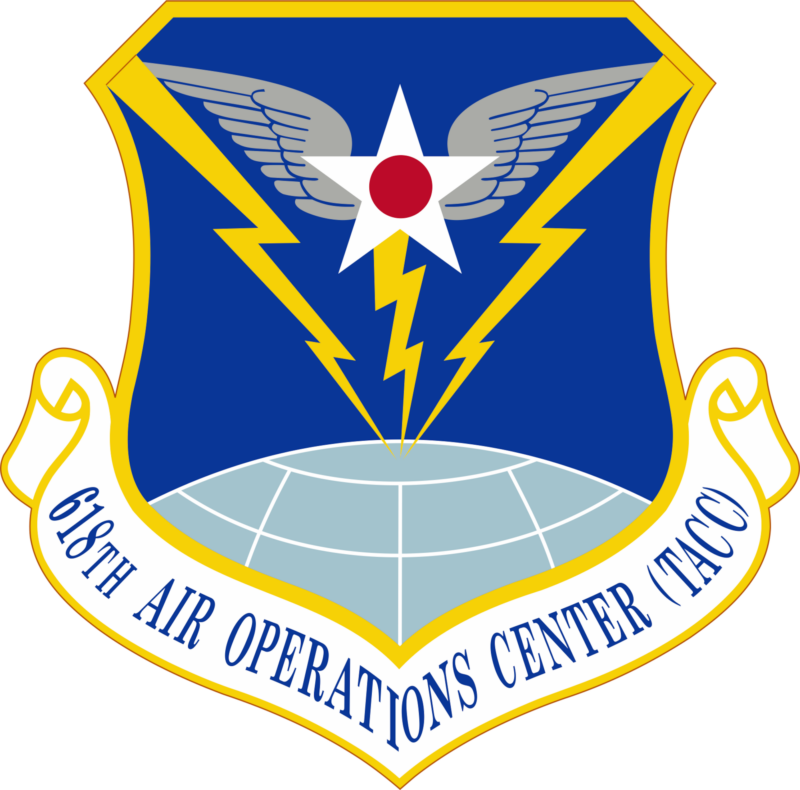CAMBRIDGE, Mass. —
Copious amounts of information flow through Air Operations Centers every day, every minute.
At the core of it, information is data. AOCs transmit orders and coordinate aircraft using messages and text. Whether it’s C-17 pilots communicating to controllers at an AOC, or controllers discussing aircraft in theater, messages and texts are everywhere within this critical command and control node for the U.S. Air Force.
But what happens when you have too much data? Sometimes, AOCs find themselves inundated with unlabeled and unstructured data, making it difficult to get the right information to the right stakeholder at a moment’s notice. This is where AI comes in.
“How do you find the needle in the haystack?” asks Maj. Eric Robinson, chief of AI research in command and control systems for the Department of the Air Force AI Accelerator. “That is, how do you find very specific pieces of information inside of an ocean of textual, unstructured chats or documents?
“This is an aspect of command and control that can be transformed using modern Natural Language Processing techniques, showing the potential for AI to enhance a wide range of operational capabilities.”
NLP is the AI application of computational techniques on natural language and our everyday human conversations. Most modern NLP techniques fundamentally aim to learn patterns about large datasets of text without being explicitly programmed to do so.
Robinson and a group of researchers, working with the DAF AI Accelerator, teamed up with the 618th Air Operations Center at Scott Air Force Base, Ill. – the Department of Defense’s largest and only global AOC – to leverage NLP to transform the immense amount of unstructured data that continuously flows through the AOC into structured, usable data for the operator.
“We are connecting people to the information that is relevant to them and displaying it in a way that is meaningful from their point-of-view, which encourages important conversations,” said Colonel Joseph Monaco, director of strategy at the 618th Air Operations Center. “It all comes back to presenting better decision-making information at the right place and time where stakeholders are already conversing.”
The 618 AOC’s integration of AI is part of the Next Generation Information Technology for Mobility Readiness Enhancement initiative, or NITMRE, which itself is part of Air Mobility Command’s modernization efforts.
NITMRE focuses on transforming C2, enhancing the U.S. Transportation Command’s ability to project, connect, maneuver, and sustain the joint force through a variety of mobility operations.
“Flat, fast, and secure communications to inform timely decisions at multiple levels of command and control is the desired effect,” said Monaco. “NITMRE builds the information layer and aggregates existing structured data to close information blind spots by pushing information where it’s needed.”
Concurrently with the 618 AOC’s NITMRE initiative, Robinson and his team are working on a project called Conversational AI at the DAF AIA. This project on NLP aims to advance conversational agents, knowledge representation, and prediction algorithms on text and image data.
“The free-form nature of chat content makes it difficult to efficiently identify and contextualize critical decisions at scale,” Robinson said. “By using NLP, we aim to take that chat content as data and present it in a searchable newsfeed, allowing command and control professionals and aircrew to find information more easily than could previously be done.”
These NLP solutions are not simply search engines. Similar to how users can converse with ChatGPT, NITMRE prototypes allow operators at the 618 AOC to analyze the language used by various AI techniques, leveraging new data to improve future responses.
“Transformation is about extracting the value that exists today for short-term wins and immediate effect,” said Monaco. “Teaming operators with researchers and developers is deliberate to unlock the strategic potential of AI through ingenuity and innovation.”










